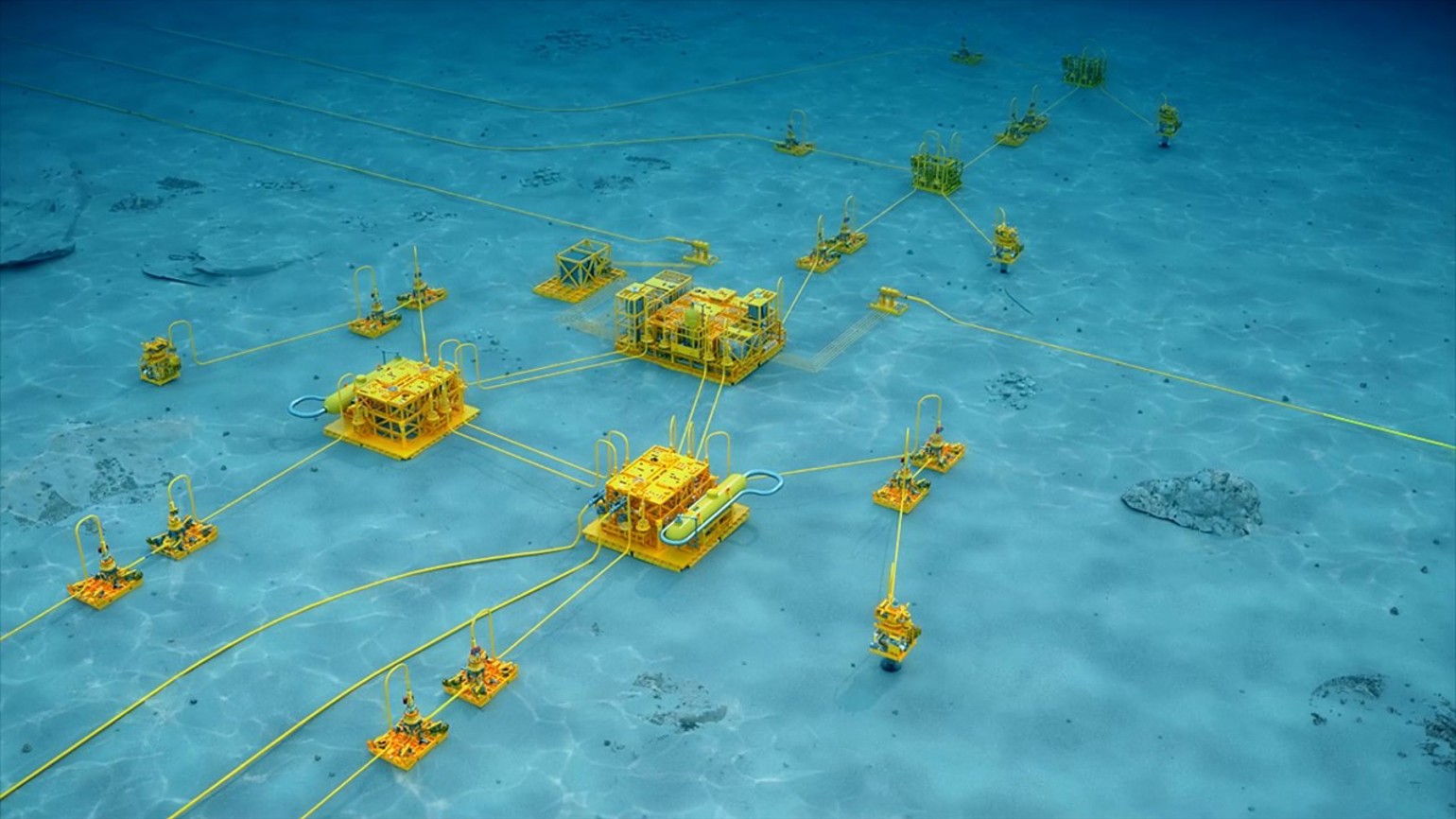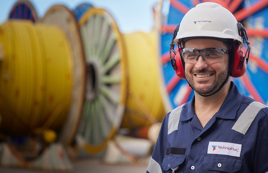News - Press Release

TechnipFMC was awarded the iEPCI™ contract for Petrobras’s Mero 3 HISEP® carbon capture project at the culmination of a six-year research and development effort.
The new technologies developed by that effort enable the separation of CO2-rich dense gas to take place on the seabed. This move reduces greenhouse gas intensity and boosts production capacity on the topside because processing and storage instead happen subsea immediately after fluids are extracted from the reservoir.
TechnipFMC’s engineers have been working on ways to move the HISEP® process – the high-pressure separation and reinjection of dense gases developed by Petrobras – from the topside of an FPSO to the sea floor since 2017 when a conceptual study began. The technological solutions that will make the HISEP® process possible subsea are proprietary to TechnipFMC.
The Mero 3 HISEP® contract was awarded to TechnipFMC’s New Energy organization, which leveraged technology and expertise from traditional oil and gas extraction in its solution.
Luana Duffé, Executive Vice President of New Energy, said, “The oil in the Mero field contains a high level of CO2-rich dense gas. The HISEP® process removes CO2-rich dense gas for reinjection into the reservoir. That process is already taking place topside, but our solution and technologies make it possible on the seabed.
“While our HISEP® technologies will be used on Mero 3 initially, we believe this new product family will enable operators to overcome challenges in similar fields worldwide, which is why we’re standardizing the components for an efficient roll-out.
“It’s also a great example of our New Energy strategy in action. It is built on partnership – in this case with a client, suppliers, and academia – and on our ability to combine the competencies we have developed in traditional energy with relentless innovation to accelerate opportunities in renewable energies.”
How it works
In partnership with Petrobras, TechnipFMC developed four key subsea technologies: the separation station, the boosting station, high voltage power distribution, and the dense gas pump.
The separation station receives mixed oil, natural gas, and CO2 from the production well. The mix flows into the inlet device and the gravity separator where oil is split from the CO2-rich dense gas. Oil is exported to the topside, while the dense gas is sent to the subsea boosting station where it is scrubbed, cooled and fed to the high-pressure dense gas pump before reinjection into the reservoir.
Developing the solution
The qualification program for the technology began in 2019, using a test loop which mimicked the conditions of the pre-salt field to simulate the process. To replicate fluid composition and pressures like those in reality, it had to be a high-flow, high-pressure, CO2-resistant flow loop. Prototypes of the pump, the motor, the cyclonic separator, the coolers, and all of the infrastructure were rigorously tested.
Luana said, “One of the core HISEP® technologies is the pump, which we collaborated on with Sulzer. It comprises the hydraulics and the motor, which we developed many years ago, and uses permanent magnet motor technology to increase speed and efficiency. During the qualification of the pump with dense gas, we confirmed the advantages of a higher rotation speed – our pump was even more efficient than anticipated.
“Another enabling technology is the process control valve, which required electric actuation. We learned we can leverage our current actuator to deploy fully electric subsea control valves.
“We also strategized flow assurance countermeasures to ensure operation continuity, mainly in the cooler.”
The result is a system that can reduce CO2 emissions intensity during production at Mero 3 by up to 30 percent.
Future applications
While TechnipFMC’s technical solutions were developed for Mero 3, they will have applications on other projects. Luana said, “We’re retrofitting HISEP® to existing subsea architecture on Mero 3 but the technology can be part of the whole processing strategy for greenfield developments from day one of front-end engineering.
“CO2 and high gas-oil-ratio (GOR) can make a development economically challenging but HISEP® technologies can change these dynamics, and future deployments should be possible faster through standardization. We are excited to be part of this development and see a real opportunity set for us beyond Mero 3 HISEP®.”
More news
-

News | May 06, 2025
TechnipFMC Advances Hybrid Flexible Pipe Technology Innovation in Collaboration with Petrobras
-

News | October 19, 2023
TechnipFMC wins NOIA ESG Excellence award
-

News | October 11, 2023
Offshore training for migrant women to boost equal opportunity and inclusion